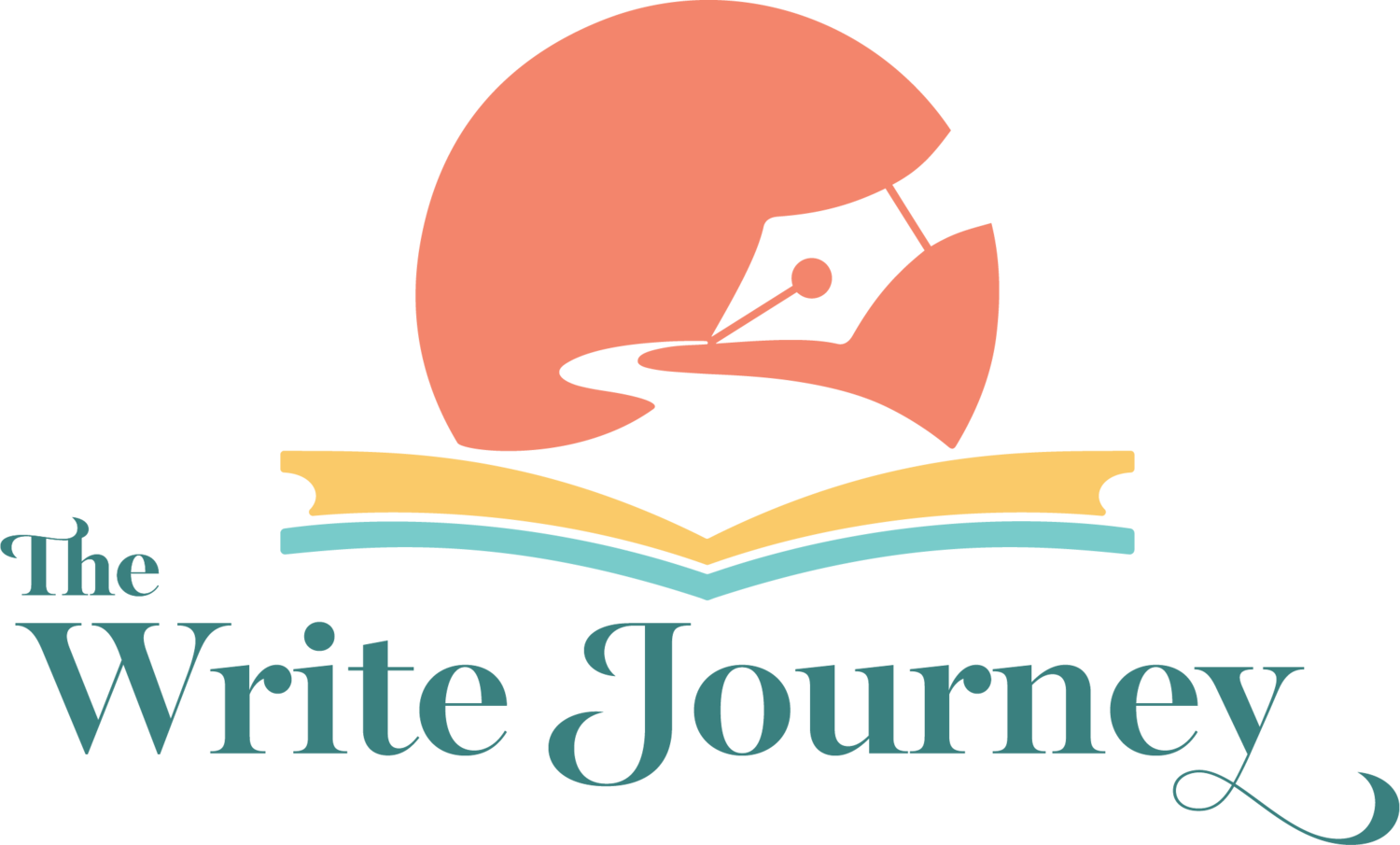As the semester enters its final weeks, students, parents, and teachers alike find themselves longing for different options to complete the standard tasks. We often try to make lessons more enjoyable and engaging. I have compiled a few ideas to spark interests in homes and classes. Feel free to share any new adventures you plan to explore!
Read some Poetry. Poetry does not necessarily require advanced reading or writing skills. However, like well written song lyrics, poetry speaks to the soul. I often pick up a classic compilation of Great American poetry just to find a sonnet that echoes my mood. Try reading some poetry while enjoying a picnic at the park! The change of scenery lends to the atmosphere.
Keep a Journal- And perhaps Read Another’s. History is full of personal historical accounts of individuals who kept a record of their daily life in a journal. A quick search and visit to the library may yield a perfect option!
Read a Short Story- These brief pieces of literature offer a shorter time investment for great returns! Whether checking out classic American short stories, or even short stories written by new or unknown authors, these literary works allow for great discussions. Students may even feel inspired to write their own!
Read magazine articles. Fewer families subscribe to magazines in homes today, but did you know that a local library often carries multiple subscriptions? Articles related to specific topics can bring even more creativity into your lives. There are MANY topics to explore, such as arts and crafts, hobbies, sports, travel, decor, style, family life, recipes, and gardening. Try swapping magazines with friends, or reach out to family members to see what types of magazines they would be willing to lend.
Tour a Historical Area, and Read the Pamphlets- When touring a historical setting, such as a capital city, national park, or nature preserve, many written resources are available for the public. While some materials may require purchasing, others are often completely free. Try a new location, and see what types of pamphlets, booklets, and website information is available for guests to learn more.
As we always invite our community to share, feel free to tell other TWJ friends and family about your experiences. We have social media platforms, or you may email us at any time. If children would like to send hand-written letters to our office, we would LOVE to receive them and start a collection of pen pal notes!
Our office address is: The Write Journey, 4303 Perth Road, Fort Mill, SC 29707.





